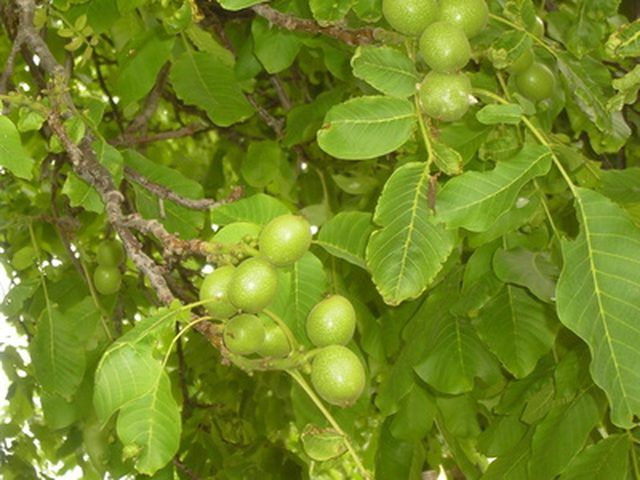Bulbs
Flower Basics
Flower Beds & Specialty Gardens
Flower Garden
Garden Furniture
Garden Gnomes
Garden Seeds
Garden Sheds
Garden Statues
Garden Tools & Supplies
Gardening Basics
Green & Organic
Groundcovers & Vines
Growing Annuals
Growing Basil
Growing Beans
Growing Berries
Growing Blueberries
Growing Cactus
Growing Corn
Growing Cotton
Growing Edibles
Growing Flowers
Growing Garlic
Growing Grapes
Growing Grass
Growing Herbs
Growing Jasmine
Growing Mint
Growing Mushrooms
Orchids
Growing Peanuts
Growing Perennials
Growing Plants
Growing Rosemary
Growing Roses
Growing Strawberries
Growing Sunflowers
Growing Thyme
Growing Tomatoes
Growing Tulips
Growing Vegetables
Herb Basics
Herb Garden
Indoor Growing
Landscaping Basics
Landscaping Patios
Landscaping Plants
Landscaping Shrubs
Landscaping Trees
Landscaping Walks & Pathways
Lawn Basics
Lawn Maintenance
Lawn Mowers
Lawn Ornaments
Lawn Planting
Lawn Tools
Outdoor Growing
Overall Landscape Planning
Pests, Weeds & Problems
Plant Basics
Rock Garden
Rose Garden
Shrubs
Soil
Specialty Gardens
Trees
Vegetable Garden
Yard Maintenance
How to Grow English Walnuts From Seed
How to Grow English Walnuts From Seed. English Walnut trees grow fast and produce an abundant amount of nuts. These nuts are used for cooking, eating, baking and making candy. The average height of an English walnut is 30 to 50 feet with a width of 30 to 40 feet. They adapt to any kind of soil and are drought-tolerant. The English walnut is hardy...

English Walnut trees grow fast and produce an abundant amount of nuts. These nuts are used for cooking, eating, baking and making candy. The average height of an English walnut is 30 to 50 feet with a width of 30 to 40 feet. They adapt to any kind of soil and are drought-tolerant. The English walnut is hardy in zones 4 through 8. If you live where the temperature is 35 degrees Fahrenheit for two months or more, you can plant the seeds outdoors. More temperate regions need to place seeds in a refrigerator to break dormancy.
Things You'll Need
Hot water
Gloves
Pot or large container
Sand
Refrigerator
Shovel or trowel
Marker flags
Tarp or hardware cloth
Breaking Dormancy Indoors
Collect some walnuts from a walnut tree after they have fallen.
Remove the husks from the walnut. To remove the husks easier, dip them into hot water.
Drop the walnuts into a bucket of water once their husks are removed. This is to test how viable they are. Plant the ones that sink to the bottom.
Fill a pot or large container with damp sand or sawdust. Bury the heavier walnuts in the damp sand or sawdust about 2 inches deep.
Place the pot in a place where the temperature stays at 35 degrees Fahrenheit. A refrigerator works great for this. Leave the walnuts there until the spring and all danger of frost is past. Keep the sand moist so the walnuts donít dry out.
Remove the walnuts from the moist sand.
Dig a small hole about 4 inches deep and plant the walnuts. Choose a place that has well-draining soil and good sun exposure. Space each tree 60 to 70 feet apart. Plant two to three walnut seeds several inches apart in each area. When they grow, remove the two weaker seedlings and leave the best tree to grow.
Place a marker where you planted the walnuts. You can use a stick or a little flag to mark each place. In about a month to six weeks, the walnut seeds should have sprouted.
Water the English walnut to keep the soil moist and feed it with a fertilizer made for nut trees.
Breaking Dormancy Outdoors
Follow Section 1 steps 1 through 3 if you live in an area where the temperature falls below 35 degrees Fahrenheit for at least two months.
Find a place where you want the trees to grow. Fall is the best time to plant the English walnut seeds outdoors. Chose a sunny location with well-draining soil.
Dig holes 4 inches deep. Plant two to three walnut seeds several inches apart. When they grow, remove the two weaker seedlings and leave the best tree to grow. Plant each grouping of English walnut trees 60 to 70 feet apart.
Place markers where you planted the walnuts so you donít forget when spring comes.
Place a tarp or hardware cloth over the seeds to keep animals like squirrels from digging them out. Cover this with mulch.
Remove the tarp or hardware cloth after spring thaw. In about six weeks, the English walnut trees should have sprouted out of the ground. Water the English walnut to keep the soil moist and feed it with a fertilizer made for nut trees.
Tips & Warnings
Wear gloves when working with the husk of English walnuts as they have a dye in them.
Keep the area free of weeds.
Place a 3- to 4-inch layer of mulch around the English walnut trees.